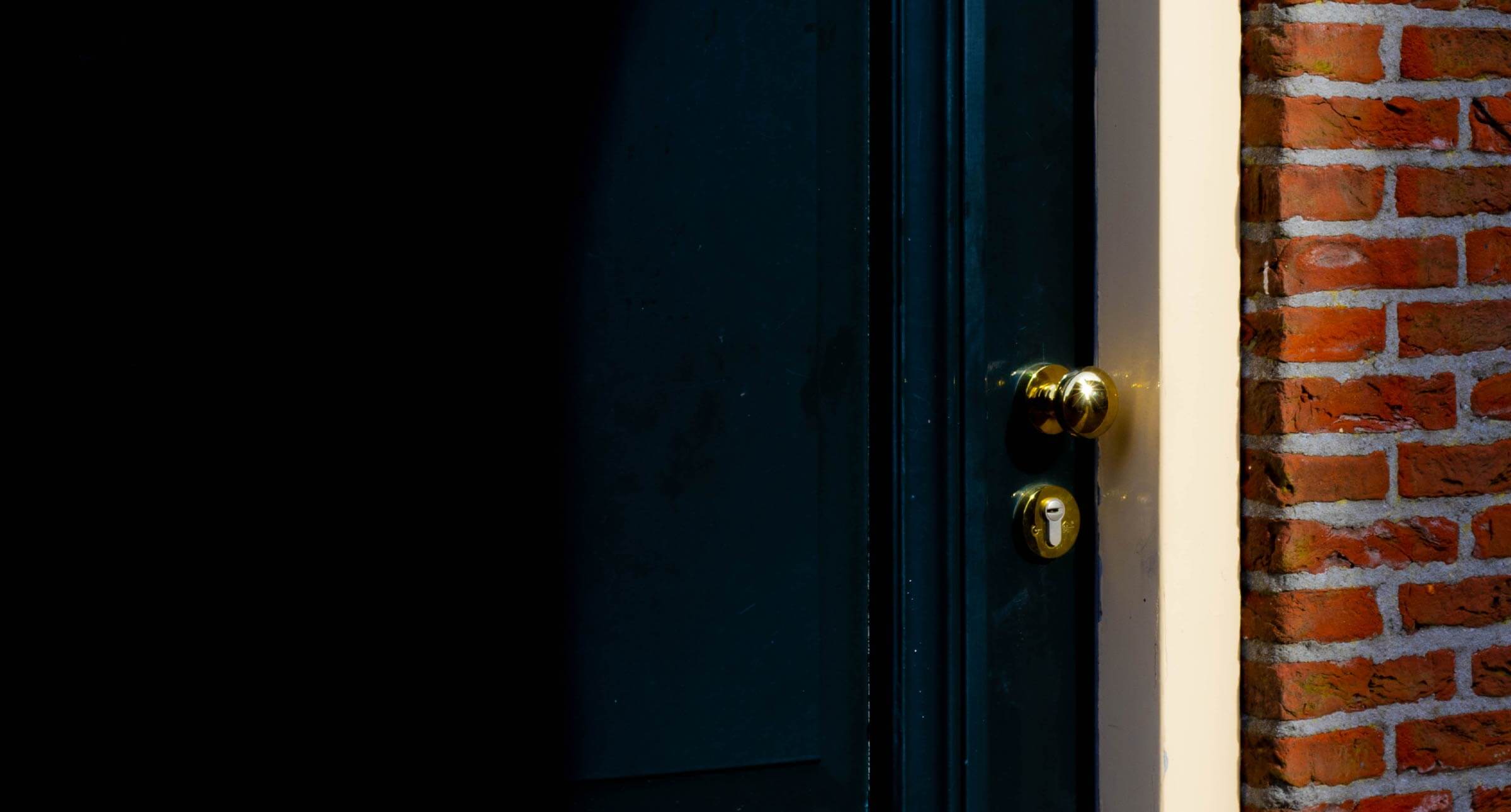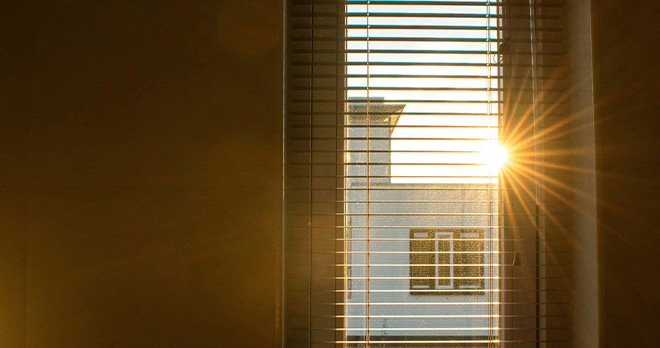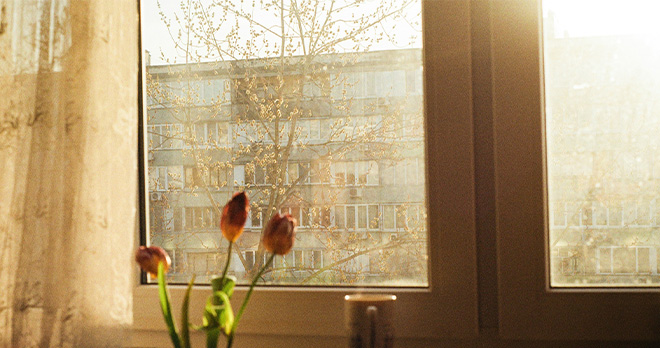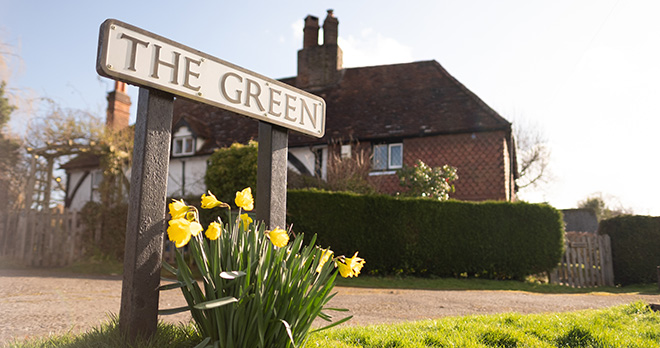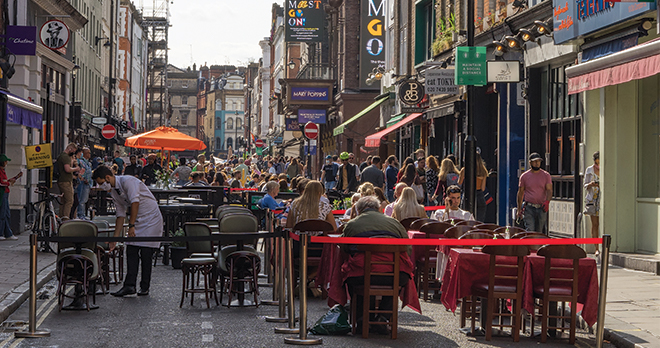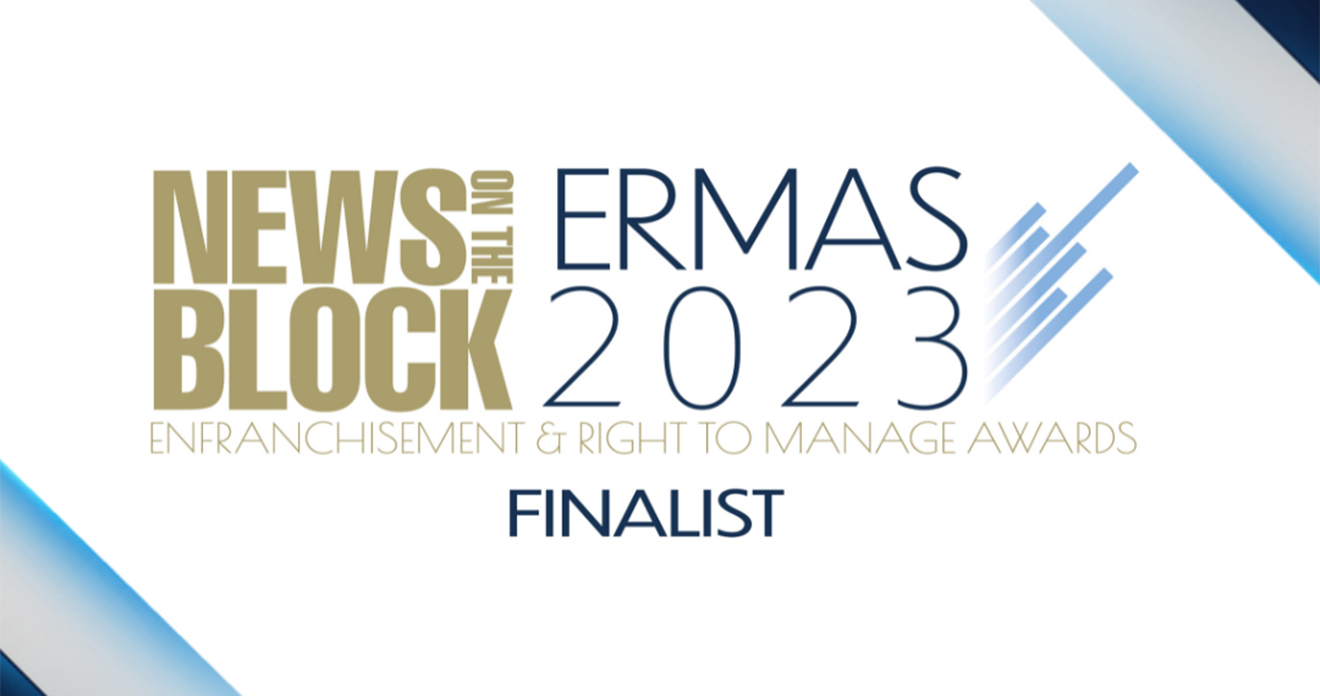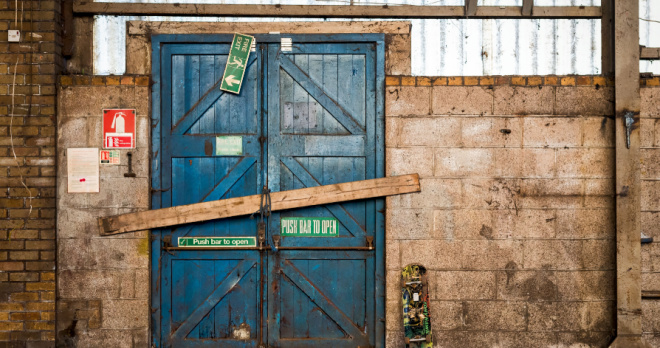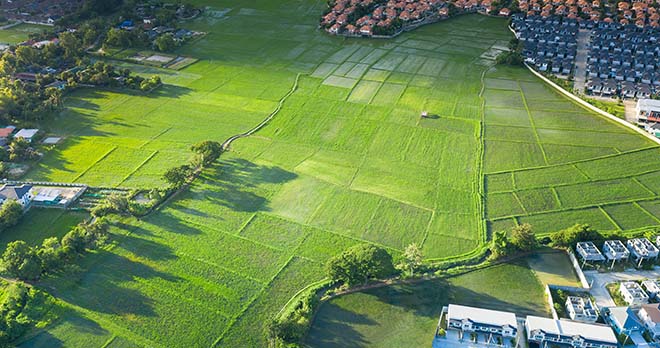When action must be taken

The third article in our series focuses on remedies for interfering with rights of light
There are two possible remedies for unlawfully interfering with a right to light: an injunction or damages.
Once there is an actionable interference with a right to light, an injunction is the primary remedy. This could be granted by the court, either to prevent a development from being started or to cut back one that had already been constructed.
Prior to Coventry & Ors v Lawrence & Anor [2014] UKSC 13, as discussed below, the crucial case was Shelfer v City of London Electric Light Company [1895] 1 Ch 287, CA (isurv.com/ShelvLELC1895). This laid down what has became known as the Shelfer test, which determined that damages could be awarded in substitution for an injunction if:
- the injury to the claimant’s rights is small
- the injury can be estimated in financial terms
- the injury can be adequately compensated by a small payment
- it would be oppressive to the defendant to grant an injunction.
The Shelfer principles were applied in both Regan v Paul Properties Ltd & Ors [2006] EWCA Civ 1391 and HKRUK II (CHC) Limited v Heaney [2010] EWHC 2245 (Ch), which marked the high point for claimants in rights of light cases. In each one, injunctions were granted by the court to cut back buildings to prevent interference with rights of light.
Today, the leading case on the question of whether an injunction will be granted is Coventry (bit.ly/CovvLawr2014)
It was not, in fact, a case about rights of light but one that concerned noise nuisance; however, the principle that it laid down applies equally to the nuisance caused by interfering with a right to light. The Supreme Court held that ‘the court’s power to award damages in lieu of an injunction involves a classic exercise of discretion, which should not, as a matter of principle, be fettered … Each case is likely to be so fact-sensitive that any firm guidance is likely to do more harm than good.’
So, the court will determine whether or not an injunction will be granted on a case-by-case basis. It is a question of fact and therefore impossible to predict with certainty whether an injunction will be granted in any particular case. Commentators generally agree that the impact of Coventry is that injunctions are now less likely than they were following Regan and Heaney; it is far more likely that an injunction will be granted where the property affected is residential rather than commercial. As the Supreme Court stated: ‘The right to enjoy one’s home without disturbance is one [that] I believe that many, indeed most, people value for reasons largely if not entirely independent of money.’
I am a solicitor specialising in the field and can look at all the facts of a case and advise on the likely chances of an injunction being granted in a particular case. However, following Coventry, every case is unique, and while it is possible for an injunction to be granted in any case where there is an actionable interference with a right to light, this is ultimately at the court’s discretion.
The second remedy for unlawfully interfering with a right to light is damages. Most cases are resolved with a payment of damages without proceedings ever being issued, or even contemplated. There are, essentially, two methods by which damages are assessed:
1. Book value:
Using the Waldram method for calculating a loss of light (see Property Journal January/February, pp.8–9), rights of light surveyors generally agree a book value for the loss. This is achieved by looking at the extent of the loss of light, the likely rent, and the yield that would be applicable. They then agree a multiplier for that figure, which could be three, four or five times the book value depending on the severity of the loss. The multiplier is something that is agreed between the surveyors, and the enhanced book value is often greater than five times, especially when dealing with residential properties.
2. Damages in lieu of an injunction:
the court can award damages in lieu of an injunction pursuant to section 50 of the Senior Courts Act 1981. Such damages are generally known as negotiating damages following the Supreme Court case of Morris-Garner v One Step (Support) Ltd [2018] UKSC 20.
The starting point for the calculation of damages in lieu of an injunction is the net profit that the developer will earn as a consequence of infringing the claimant’s rights. In practice, this means that the claimant will be entitled to a percentage of the profit that the defendant will make from that part of its development that infringes their rights of light.
In Tamares (Vincent Square) Ltd v Fairpoint Properties (Vincent Square) Ltd [2007] EWCA Civ 1309, the court held that a share amounting to one-third of the developer’s profit might be appropriate. However, the one-third share can clearly be increased or decreased by other factors. In Tamares, damages were reduced to substantially below 33 per cent of profit due to the relatively minor nature of the interference; in Wrotham Park Estate Co Limited v Parkside Homes Ltd [1974] Ch 798, only five per cent of the developer’s profit was awarded, while in Wynn-Jones v Bickley [2006] EWHC 1991 (Ch), the figure was 50 per cent.
It is fair to say that, as with predicting whether an injunction will be granted, the level of damages that might be awarded by a court in lieu of an injunction is also uncertain. The principle remains, as the court emphasised in Amec Developments Ltd v Jury’s Hotel Management (UK) Ltd [2001] 07 EG 163, that it needs to consider whether the deal arrived at ‘feels right’.
Part 1 – ‘Casting light on rights‘
Part 2 – ‘In the light of day‘
Angela is a partner in the Property Disputes team in our London office.
She is a Solicitor-Advocate with extensive experience in all aspects of commercial and contentious property matters.
Learn more about Angela's area of expertise:
Read more from around RWK Goodman:
View more articles related to Property Disputes and Property Disputes

